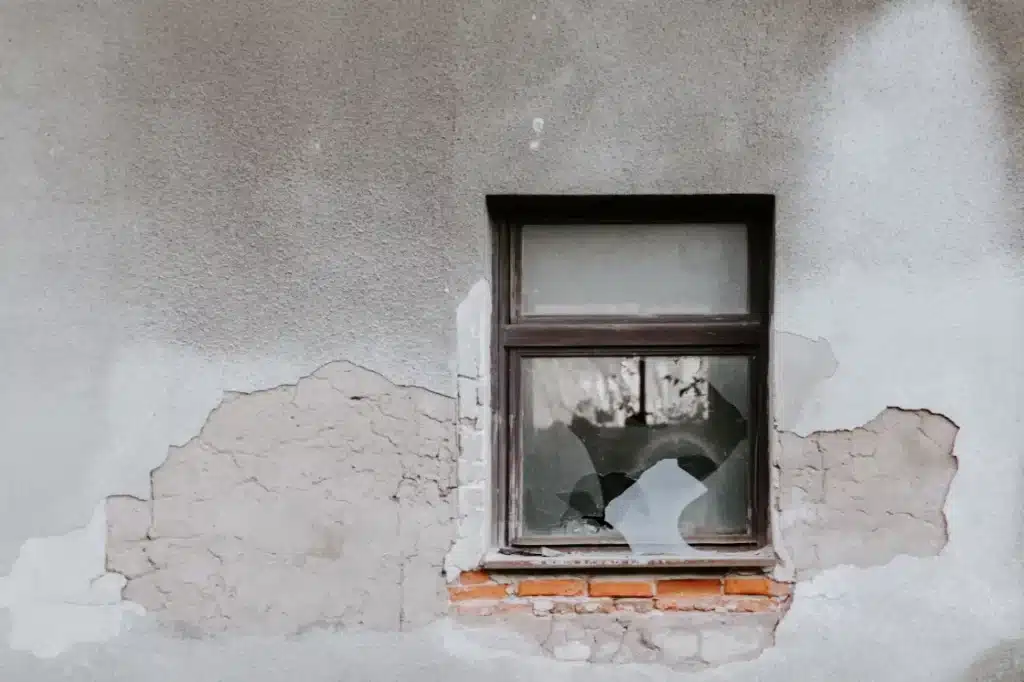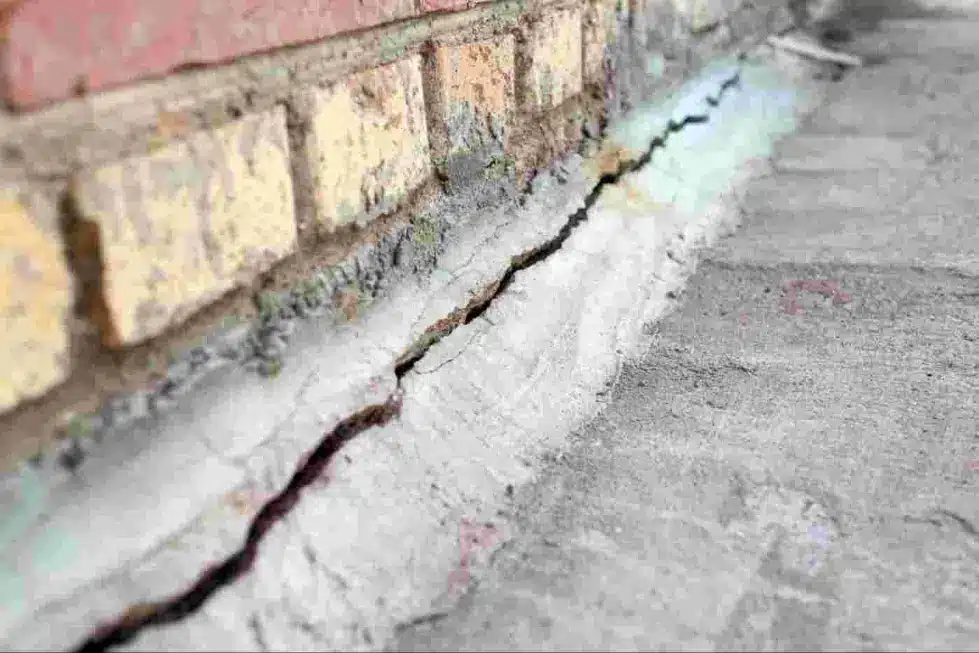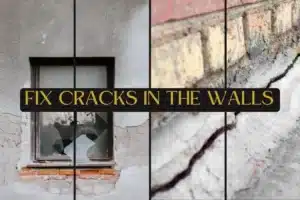Cracks in the walls are a common concern for many homeowners worldwide, often provoking anxiety about potential structural issues of the house or the need for costly repairs. It is essential, however, to recognize that not all wall cracks are harbingers of severe disasters; some are mere cosmetic nuisances, while others may indicate more severe problems. This comprehensive guide aims to unravel the intricacies of wall cracks, providing homeowners with a nuanced understanding of their causes and potential solutions. Armed with knowledge, you can make informed decisions about addressing wall cracks in your home, distinguishing between those that warrant a simple DIY fix and those demanding professional attention. So, let’s get started!
Understanding the Types of Wall Cracks

Wall cracks exhibit a wide spectrum of shapes and sizes, each offering valuable insights into the underlying issues affecting your home’s structure. If we take hairline cracks, for instance, we’ll see that they might result from natural settling, while wider, diagonal cracks could signify more profound structural concerns. The critical first step in addressing wall cracks is to accurately identify their type, as this informs the appropriate course of action. Some cracks may be superficial, easily fixed with cosmetic repairs, while others may require professional intervention. By discerning the nuances of wall cracks, homeowners can avoid unnecessary alarm and expenses, addressing each issue with tailored solutions.
Professional Repair – When to Bring in the Experts
While do-it-yourself (DIY) solutions suffice for minor cracks, there are instances where professional expertise becomes indispensable. Large, diagonal cracks, particularly when accompanied by signs like bowing walls or uneven floors, necessitate immediate attention from experienced contractors, as these experts for wall crack repairs in Adelaide explain. Consulting these professionals is crucial for assessing the severity of the issue, identifying the root cause, and recommending the most effective repair strategy. Ignoring the need for professional intervention in such instances may result in more extensive and costly repairs down the line, underscoring the importance of timely and informed decision-making.
DIY Repairs for Minor Cracks
Not every wall crack demands a professional touch, and homeowners can successfully tackle minor cracks with the right tools and materials. Patching up hairline cracks with spackling or joint compounds is a common and cost-effective DIY solution. However, it is crucial to address the crack’s root cause, such as moisture or foundation issues, to prevent its recurrence. DIY repairs, while suitable for smaller cracks, demand attention to detail and an understanding of the underlying factors contributing to the issue. This section will explore practical DIY techniques, empowering homeowners to address minor cracks on their own terms.
Assessing the Impact of Moisture on Wall Cracks
Moisture stands as a significant contributor to wall cracks, particularly in regions with high humidity or water leakage issues. Understanding how moisture affects your walls is paramount in determining an effective repair strategy. A mere patch-up of the crack without addressing the moisture source may lead to recurring problems. This section delves into the intricate relationship between moisture and wall cracks, providing insights into effective moisture control methods. Properly sealing and waterproofing affected areas emerge as essential steps in preventing further damage and ensuring a lasting resolution.
The Role of Foundation Issues in Wall Cracks

Wall cracks often serve as visible indicators of underlying foundation problems, such as settlement or shifting. This section explores the intricate connections between foundation issues and wall cracks, emphasizing the need to identify and address the root cause. Recognizing foundation-related cracks requires a keen understanding of your home’s structural integrity. Consulting with a foundation specialist or structural engineer becomes imperative in determining whether wall cracks are mere symptoms of deeper foundation issues and how best to rectify them. Ignoring these signs can lead to persistent problems, underlining the necessity of comprehensive solutions.
Using the Right Materials for Effective Repairs
Selecting the appropriate materials for wall crack repairs is paramount to ensuring the longevity and effectiveness of the fix. From patching compounds and sealants to reinforcement materials, understanding the properties and applications of different products is essential. This section provides detailed insights into various materials available for wall crack repairs, guiding homeowners to make informed choices based on the type and severity of the cracks they are dealing with. Armed with this knowledge, homeowners can embark on repairs with confidence, knowing they are utilizing materials tailored to their specific needs.
Preventive Measures to Avoid Future Wall Cracks
Once existing wall cracks have been addressed, attention shifts to preventing their recurrence. This section outlines proactive measures homeowners can take to safeguard their walls against future cracks. Regular inspections, coupled with routine maintenance, emerge as key strategies. Addressing issues such as poor drainage and soil settlement adds an extra layer of protection against potential problems. Implementing these preventive measures can significantly reduce the likelihood of facing similar issues in the future, offering homeowners a more secure and durable home environment.
Knowing When to Call for Professional Maintenance
Regular maintenance is the linchpin in preventing and addressing wall cracks, yet there are times when professional input is necessary. This section explores signs that indicate the need for professional maintenance, even in the absence of visible cracks. Understanding when to call in the experts for routine inspections and maintenance can help homeowners catch potential issues early, saving them from more significant problems and expenses down the road. This dual approach of vigilant self-maintenance and strategic professional intervention ensures the holistic well-being of your home’s structure, fostering long-term stability and peace of mind.
Conclusion
Fixing cracks in the walls requires a nuanced approach that acknowledges the diverse nature of these issues. Understanding the types of cracks, the role of professionals, the importance of DIY repairs, and the impact of moisture and foundation issues empower homeowners to make informed decisions. By using the right materials, implementing preventive measures, and knowing when to seek professional help, homeowners can address existing cracks and prevent future ones. This holistic approach ensures not only the cosmetic improvement of your home but also the long-term structural integrity that promotes lasting peace of mind. Hopefully, this article has helped you in dealing with wall cracks!
